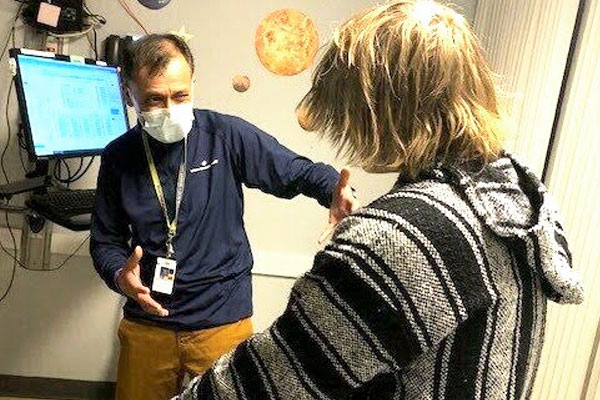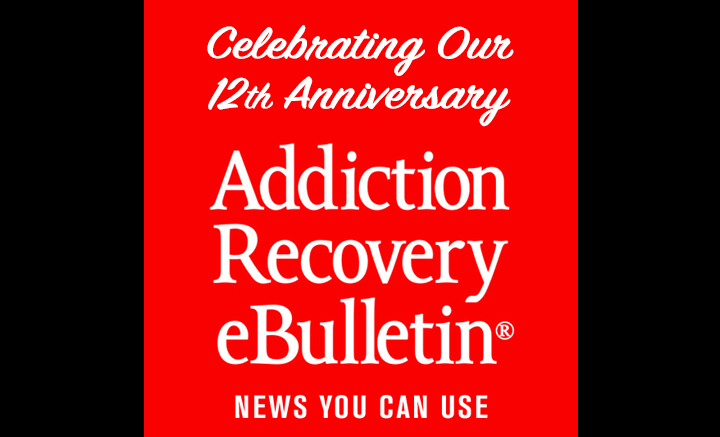MALPRACTICE? –
Feb. 17, 2024 – Pediatricians responded to the survey by saying they don’t have enough patients to justify learning about this type of care, or don’t think it’s a pediatrician’s job. “It’s seen as something that’s a very specialized area of medicine and therefore people are not exposed to it during routine medical training.”
Camenga and Hadland say medical schools and pediatric residency programs are adding information to their curricula about substance use disorders, including how to discuss drug and alcohol use with children and teens.
But the curricula aren’t changing fast enough to help the number of young people struggling with an addiction, not to mention those dying after taking just one pill.
In an ironic but deadly development, drug use among adolescents has actually declined – but drug-associated deaths are up.
The main culprits are fake Xanax, Adderall or Percocet pills laced with the powerful opioid fentanyl. Nearly 25 percent of recent overdose deaths among 10-to-19-year-olds were traced to counterfeit pills.
“Fentanyl and counterfeit pills is really complicating our efforts to stop these overdoses,” says Dr. Andrew Terranella, the CDC’s expert on adolescent addiction medicine and overdose prevention. “Many times these kids are overdosing without any awareness of what they’re taking.”
Terranella says pediatricians can help by stepping up screening for — and having conversations about — all types of drug use.



